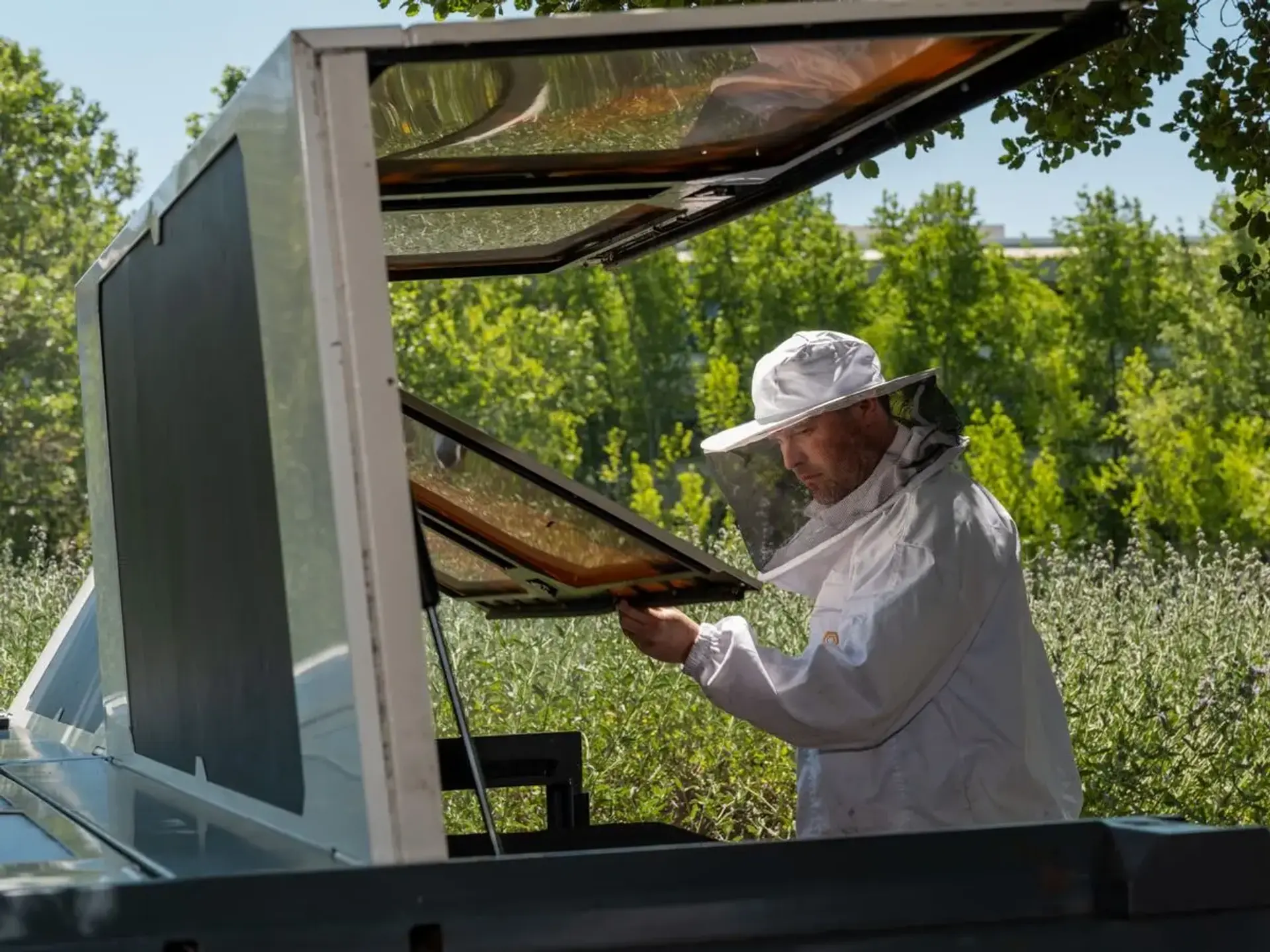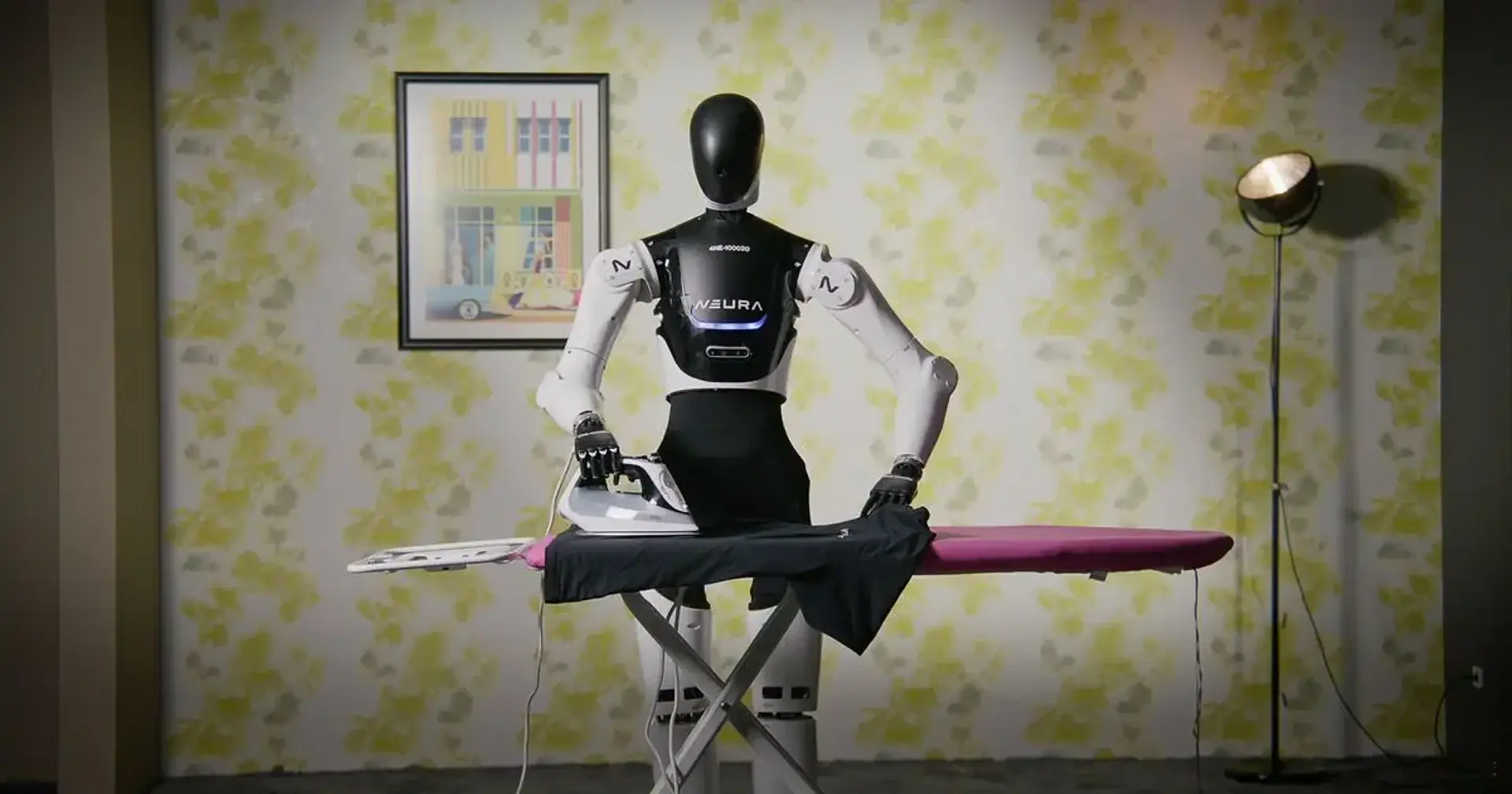Robotic beehives are integrating AI and automation to combat colony collapse disorder and enhance bee health. These advanced systems monitor colonies in real-time, offering automated honey harvesting, pest control, and climate regulation. Equipped with sensors, computer vision, and robotic arms, the hives can identify and address the bees' needs, such as providing food or administering treatments, more efficiently than traditional methods. Beekeepers can remotely manage the hives via web-based portals, reducing the need for physical inspections and enabling quicker response times to potential issues. These innovations aim to create optimal environments for bees, reducing mortality rates and stabilising populations, which is crucial for global food security, given the vital role bees play in pollination.
These robotic systems represent a significant upgrade to traditional beekeeping practices, which have seen minimal innovation in over a century. The integration of AI allows for continuous monitoring and immediate intervention, mitigating the impact of climate change, pesticides, and diseases on bee colonies. By maintaining ideal conditions and proactively addressing threats, these robotic hives significantly decrease the risk of colony collapse, supporting both bee populations and the agricultural industry's reliance on these essential pollinators. The technology not only ensures the well-being of the bees but also promises to improve honey production and overall efficiency in beekeeping operations.




